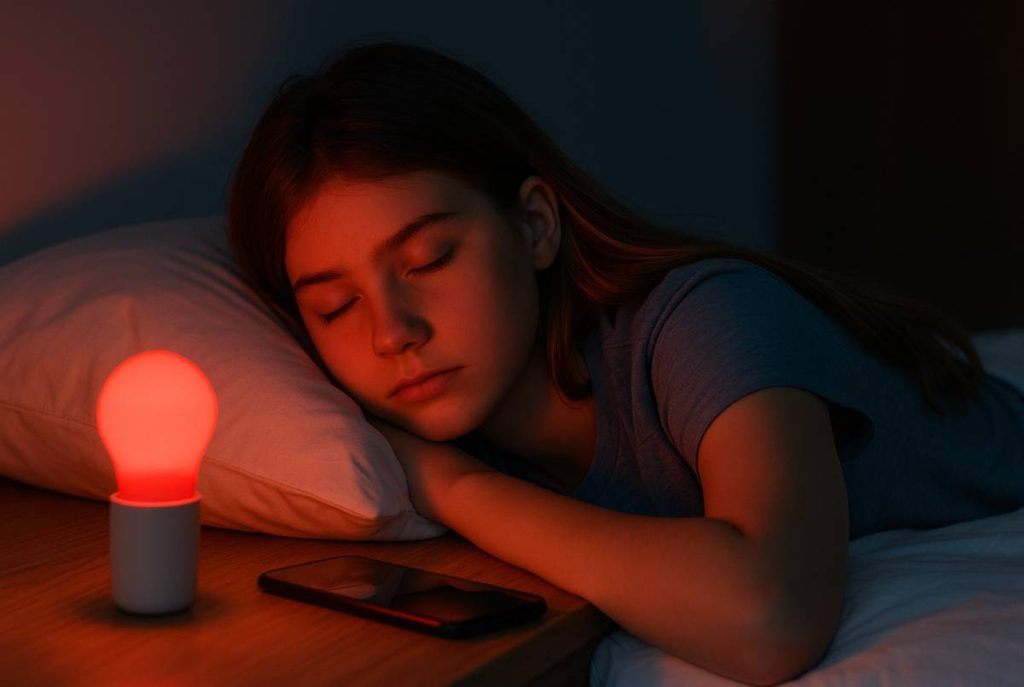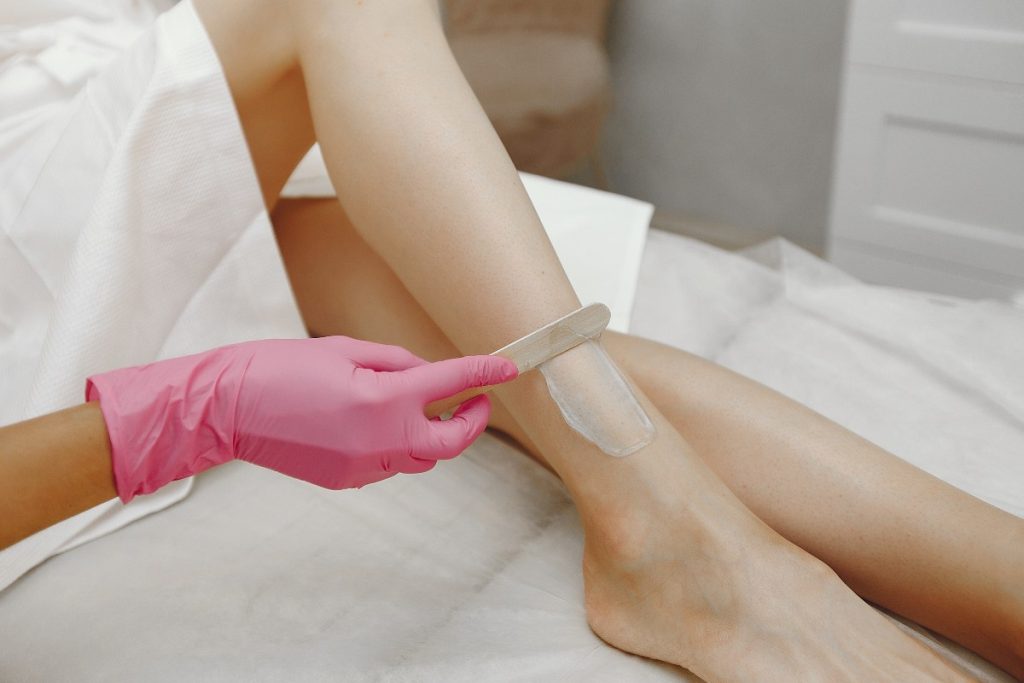Sleep struggles are a common challenge for teens and their parents. If you have ever found yourself begging your teenager to put down the phone at midnight, you are not alone.
Good news, though: with a little bit of planning, you can hit the reset button on your teen’s sleep.
Let’s walk through a friendly, step-by-step routine for better shut-eye, all with a focus on light cues your family can actually try this week.
Why Light Matters for Sleep
Light does more than help us see. It tells our brains when to wake up and wind down. Teens are extra sensitive to these signals, thanks to their changing bodies and busy schedules.
Shifting just a few daily light habits can help your teen feel more refreshed, focused, and even a little less grumpy in the mornings.
Three Core Light Habits To Try This Week
- Morning sunshine. Open the blinds right when your teen wakes up. Step outside for five to ten minutes, even on cloudy days. Natural light in the morning signals to the brain, “Time to rise and shine.”
- Evening screens. Try setting phones, tablets, and computers to “night mode” about two hours before bed. Fewer bright and blue lights at night tell melatonin to start flowing and prep the body for sleep.
- Warm bedside bulbs. Switch out harsh white lights for soft, yellow or amber bulbs. This change tells your teen’s brain it is time to relax and get cozy, instead of staying alert.
Creating a Family Sleep Reset Plan
Day One to Three: Start Simple
Focus just on getting that all-important morning light. For the first few days, treat extra sunlight like a family habit. Pair it with breakfast or a walk outside. No big lectures needed, just gentle reminders and lots of encouragement.
Day Four to Seven: Wind Down Evenings
Add in warm lighting after dinner and remind everyone to turn on the screen night mode. If your family wants to take it a step further, try adding a calm activity with gentle lighting in the evening, like reading or gentle stretching.
What is Red Light Therapy for Sleep?
Here is a quick science snapshot. Bright blue and white lights can delay sleep, but red light is much less disruptive to the body’s clock.
Some families turn to red light therapy at home, using soft red bedside lamps or panels before bed. While red light therapy is safe for most people and may help with wind-down routines, it does not mean teens can stay up late with screens on.
The real value is creating a calm mood that tells the brain it is time for sleep.
It’s about progress, not perfection.
Where Red Light Can Help in Real Life
Good sleep always starts with steady, caring habits. If your family focuses on these light cues, you might all wake up feeling happier and more ready to take on the day. Start small, keep the conversation kind, and remember: every night is a chance to try again.





